|
Why is is so difficult to create rich, vibrant color in paintings? Beginners especially struggle with this mostly because of one big problem. How to handle transparent and opaque colors. In this lesson we take a look at this issue and I will show you an easy technique to give your colors and paintings a boost.
The Problem with Color in your paintings: It is a sensitive topic. I know because I have been there many times. You complete your painting and notice that your colors look nothing like the warm, sunny colors in the scene. You sweated over getting the drawing correct, but now that is all ruined due to cold, chalky colors. What happened? Despite all the practice mixing colors very often beginners and even intermediate artists struggle to get consistent, rich colors. Is it the brand of paints you are using? Well, artists colors can be more pigment rich, but even that is not going to help if you get your technique wrong. What is the Real Issue? Transparency of paint. How you handle paint transparency determines whether you get rich color in your paintings. In the above video I give you a little demonstration to show you how I use transparency in my paintings to get rich color and some good contrasting color notes as well. Transparency of paint seems a rather obscure subject and perhaps something that beginners are really not considering. But I'm going to show you a very simple and important reason why transparency should be something that you think about right from the start. With tube colors you'll notice that there's a little symbol on the tube. In most cases, it's a little square. For opaque color it is usually depicted with a black square. You will find this with your cadmiums, for instance, and also your titanium white. Most colors are going to be semi transparent and the block is partly white, partly black. If you put semi transparent paint thinly on your canvas, you should be able to see through that color to the white of the canvas below or another color. Then, of course, you get colors that are entirely transparent. Alizarin crimson is one that I use a lot. The little square on the tube is white, indicating that it is transparent. How to Use Transparency for Rich Color When I'm painting I am not concerned about traditional transparency techniques. I'm not glazing color like in an old Master painting where I'm making a very thin glaze of transparent paint and putting that over. That's not what I'm talking about. I want to use transparency to emphasize the colors and keep out the most powerful opaque medium on your palette, namely white paint. For example, you'll see in the demo where I make the trees and the shadows the strongest color without any white paint. I keep those colors relatively transparent and make them richer by layering color over other color, wet into wet. Those transparent and semi transparent colors are increasing the richness and the vibrancy of colors in the painting. You do not need to mix in white paint in the shadows and even the mid value lights. If you do add white, for whatever reason, it need only be a tiny amount. Maybe to bring out a violet shade in a blue/red mix. For the most part you can stick to working with colors and no white paint. It is only in the lights that I add white paint and even then I use the bare minimum. White is so cold and opaque that too much kills your color. If you make this mistake it is best to scrape the paint off and start again. The Painting Process Start the scene with the darks and use a transparent layer to get those darks in very quickly. In the demo I'm using a bit of ultramarine and burnt sienna. Apply the layer very thin and mix color into color, wet into wet. Some of the blue color mixes on the canvas with yellow and creates rich greens. Cadmium yellow lemon, for example, is not transparent, but it is a rich color. Used with blue it is not too opaque. I builds up these layers to get even richer color. Then lighter medium value colors, like orange, are still relatively transparent and rich. I've actually used a bit of cadmium orange in the demo and you can see it's not that opaque. Certainly nothing like when you get white paint in. As I build up the foliage color it gets warmer and richer. By rich I just mean deep, vibrant, almost a luxurious look to it. It's not cold or chalky. Opaque Lights To handle the light of values I bring in white paint to create opaque color. White and cadmium lemon, for example, is very strong and very opaque. It really stands out great against all of those rich darks. The rich transparent and semi transparent colors set off the opaque lights. In the shadows there's a bit of cerulean blue in the green as well, giving a nice cool color, building up richness. You can paint one layer over the other. Paint that straight over your darks. Note the Highlights Use them sparingly. Don't lose all that rich color you've built up. Those strong shadows, warmish greens all look cool against the rich warm oranges and yellow colors. And when you get into the opaque lights, contrast those with the shadows and they really stand out even better. You get those lovely, thick, impasto juicy color notes really standing out because of your thinner, richer darks. A good combination of rich color and transparent colors. Conclusion I hope this lesson gives you something to think about and makes you more conscious of what you're doing with your white paint especially and what you're doing with the shadow parts of your painting and how long it takes you to bring in the white paint. Try to keep the white paint out for as long as possible to give you the best chance of really emphasizing the strong colors. There is a lot more to this subject and I cover color and color mixing in a lot more depth in my painting courses. you'll find a number of courses to choose from, from oils to gouache to acrylics, even watercolor and pastel. And to get you started, I've got a free course for you to try out. Happy Painting Join me live each month!
The Artist's Live Channel is your answer to regular painting practice, community and getting positive feedback.
|
AuthorMalcolm Dewey: Artist. Country: South Africa Archives
June 2024
Categories
All
FREE
|
|

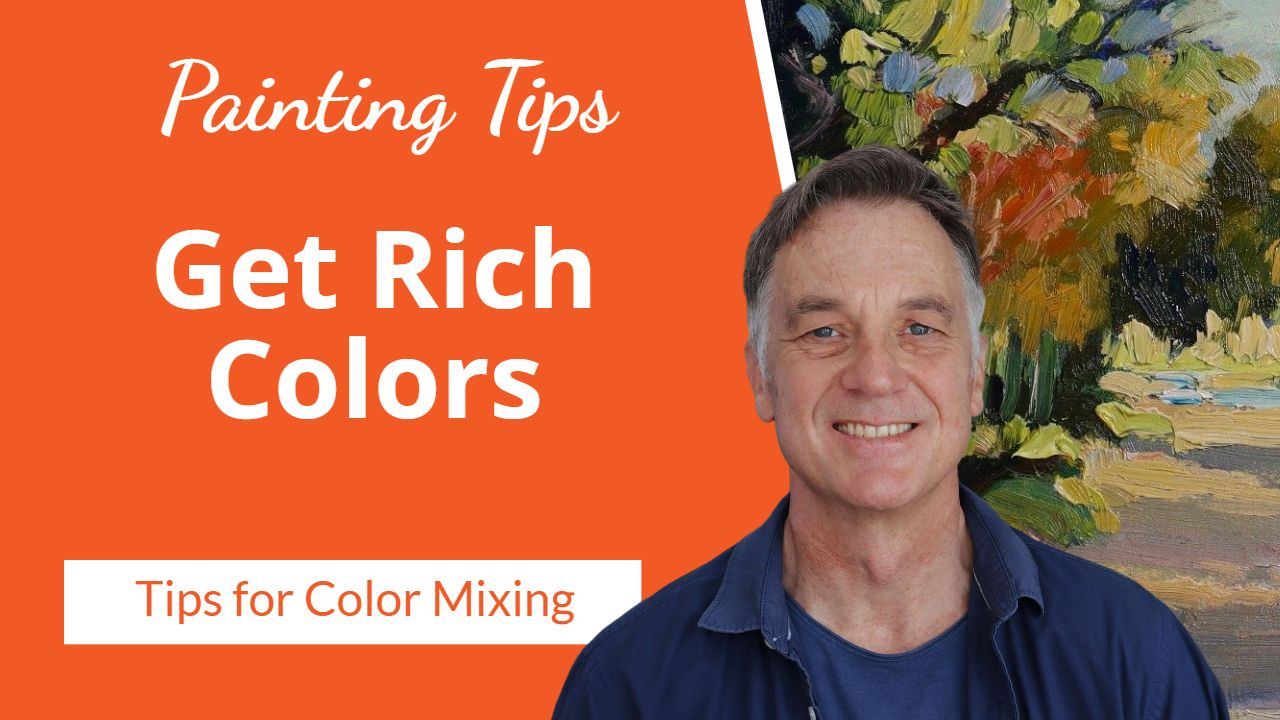
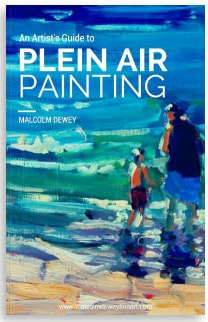
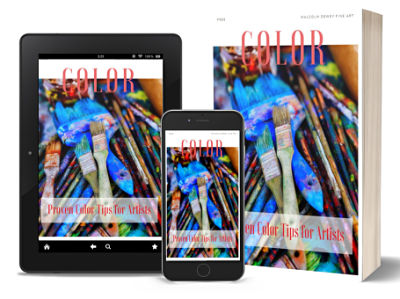

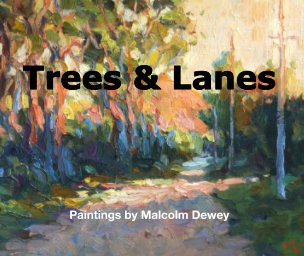



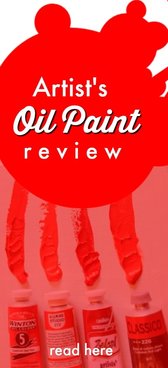
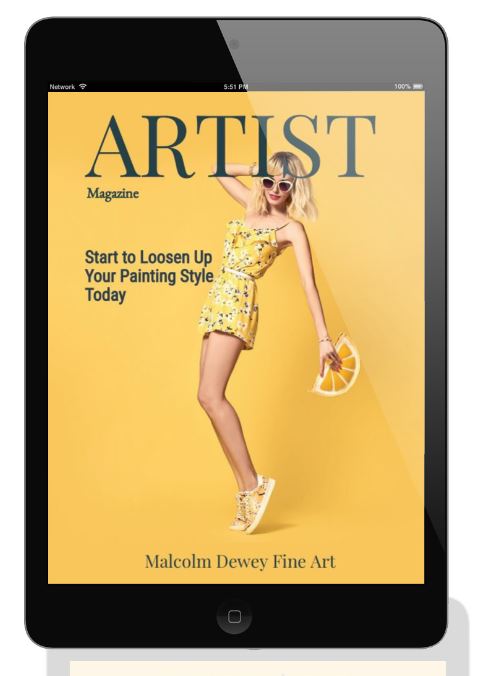
 RSS Feed
RSS Feed






